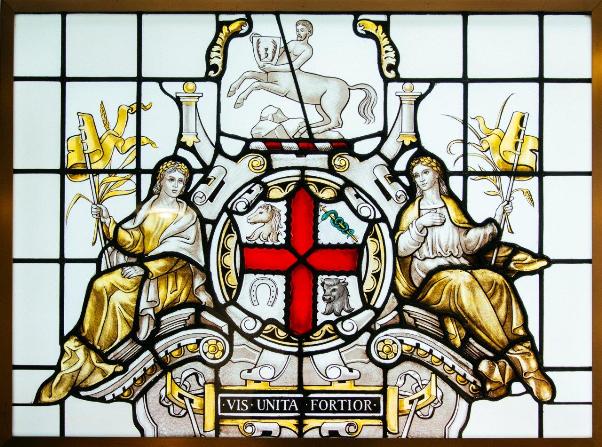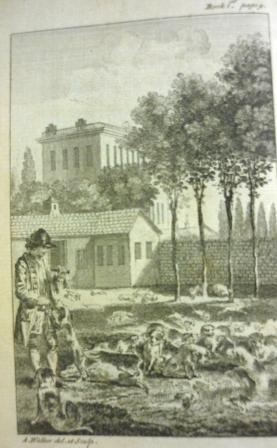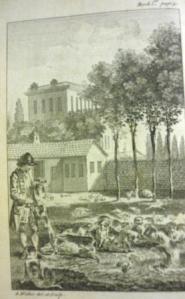Warrior – one of the real war horses
In an introductory note to Sidney Galtray’s The horse and the war Field-Marshall Sir Douglas Haig, Commander-in-Chief of the British Forces, states:
“I hope that this account … will bring home to the peoples of the British Empire … the wisdom of breeding animals for the two military virtues of hardiness and activity.”
Last night’s Channel 4 Programme War horse: the real story brought home the reality of those two military virtues. Images of horses pulling enormous loads and passing through the notorious ‘Hellfire Corner’ made harrowing viewing.
To counter this archive footage of soldiers talking warmly about ‘their’ horses and photos of them at rest beside their animals was incredibly moving.
This human-animal bond was clearly important and touchingly the Blue Cross provided advice in its handbook for Drivers, Gunners and Mounted Soldiers on how to comfort and revive a weary horse. Soldiers were to told to ‘Pull his ears and hand rub his legs and he will appreciate it.’
As the programme showed this unique relationship between horse and rider was never so clear as in the story of General Jack Seely, and his horse ‘Warrior.’ Seely and Warrior saw active service throughout WW1 as part of the Canadian Cavalry and led one of the last ever cavalry charges.
Much has been written about Seely and Warrior, not least by Seely himself in his book My Horse Warrior, which is beautifully illustrated by Alfred Munnings. In an article in the Veterinary Times Bob Michell says of this book that it is ‘not just a eulogy, it is the most unusual love story you will ever read.’ It has recently been reprinted and is well worth a read.
References
Galtrey, Sidney (1918) The horse and the war London : Country Life and George Newnes
Michell, Bob (2010) Equine sacrifice for king and country Veterinary Times 17 May, p22-23
Seely, Jack (1934) My horse warrior London: Hodder & Stoughton. Reprinted in 2011 with an introduction by Seely’s grandson Brough Scott as Warrior :The Amazing Story of a Real War Horse Racing Post Books



